Breaking News
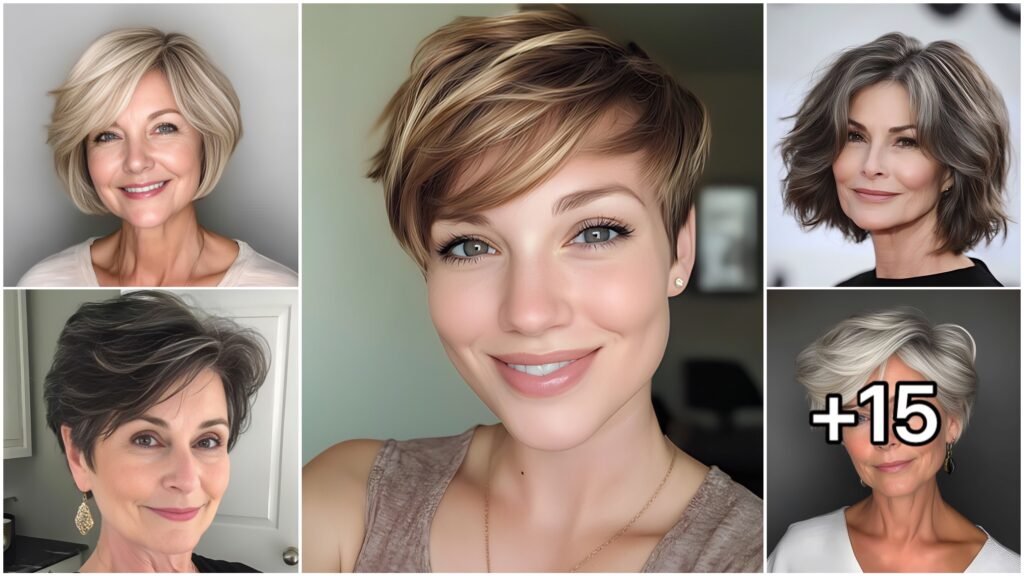

Popular News







Enter your email address below and subscribe to our newsletter


Hair loss is a common concern that affects millions of women worldwide, and as age progresses, the issue often becomes more pronounced. For a 70-year-old woman, thinning hair or bald patches can feel like an inevitable part of aging—but is it truly irreversible? The good news is that, with modern advancements in dermatology, nutrition, and hair care, regrowing hair at 70 is not entirely out of reach. While genetics, hormonal changes, and overall health play significant roles, there are scientifically backed methods that can help stimulate hair growth even in later years.
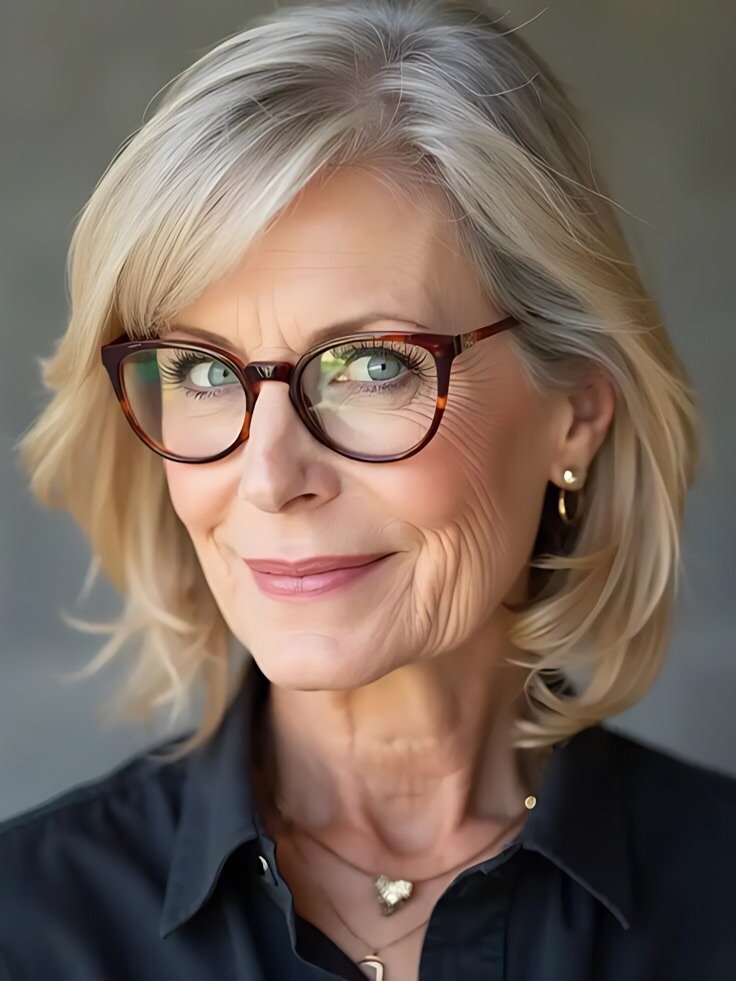
This comprehensive guide will explore the causes of hair loss in older women, the most effective treatments available, and lifestyle adjustments that can promote thicker, healthier hair. Whether you’re considering medical interventions, natural remedies, or simply looking for ways to maintain your existing hair, this article will provide actionable insights to help you regain confidence in your locks.

Before diving into solutions, it’s essential to understand why hair loss occurs in older women. Several factors contribute to thinning hair, including:
One of the leading causes of hair loss in women over 50 is the decline in estrogen and progesterone levels after menopause. These hormones play a crucial role in maintaining hair growth cycles, and their reduction can lead to slower hair regeneration and increased shedding. Additionally, the relative increase in androgens (male hormones) can shrink hair follicles, resulting in finer, weaker strands.
As women age, their ability to absorb essential nutrients diminishes. Deficiencies in iron, vitamin D, B vitamins (especially B12), zinc, and protein can severely impact hair health. A lack of these nutrients weakens hair follicles, leading to excessive shedding and slower regrowth.
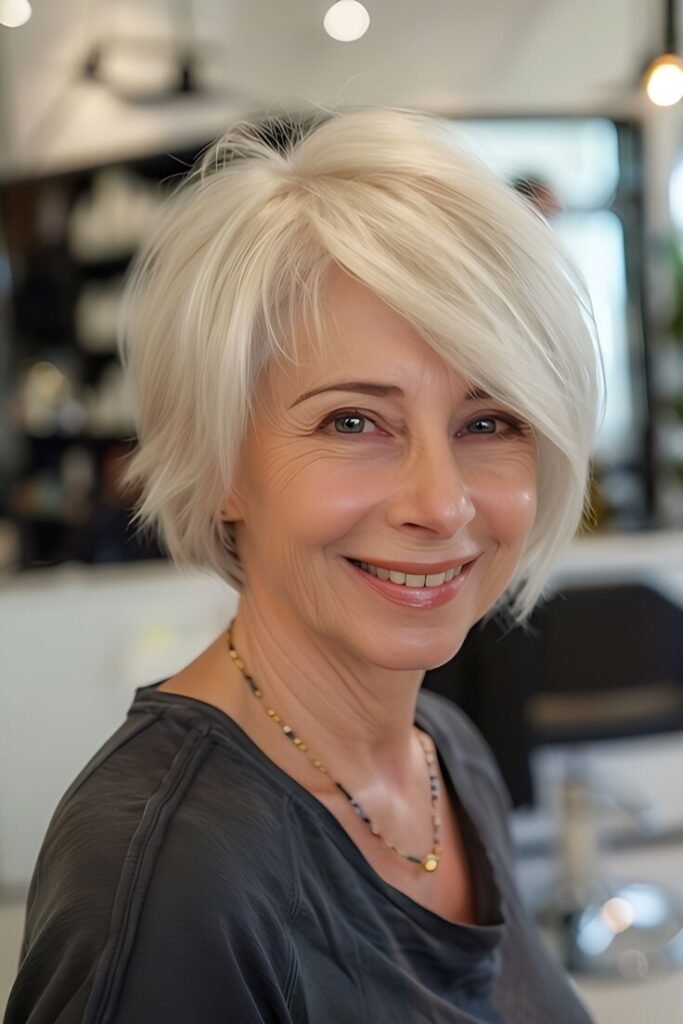
Aging affects blood circulation, meaning fewer nutrients and oxygen reach the hair follicles. Over time, this can cause follicles to become dormant, leading to thinning hair or even permanent hair loss in some areas.
Certain medical conditions common in older women—such as thyroid disorders, autoimmune diseases (like alopecia areata), diabetes, and high blood pressure—can contribute to hair loss. Additionally, medications for these conditions (e.g., beta-blockers, chemotherapy, blood thinners) often list hair thinning as a side effect.
Just like men, women can inherit genes that make them more prone to hair thinning. Female pattern baldness (androgenetic alopecia) typically presents as diffuse thinning across the scalp rather than receding hairlines or bald spots seen in men.
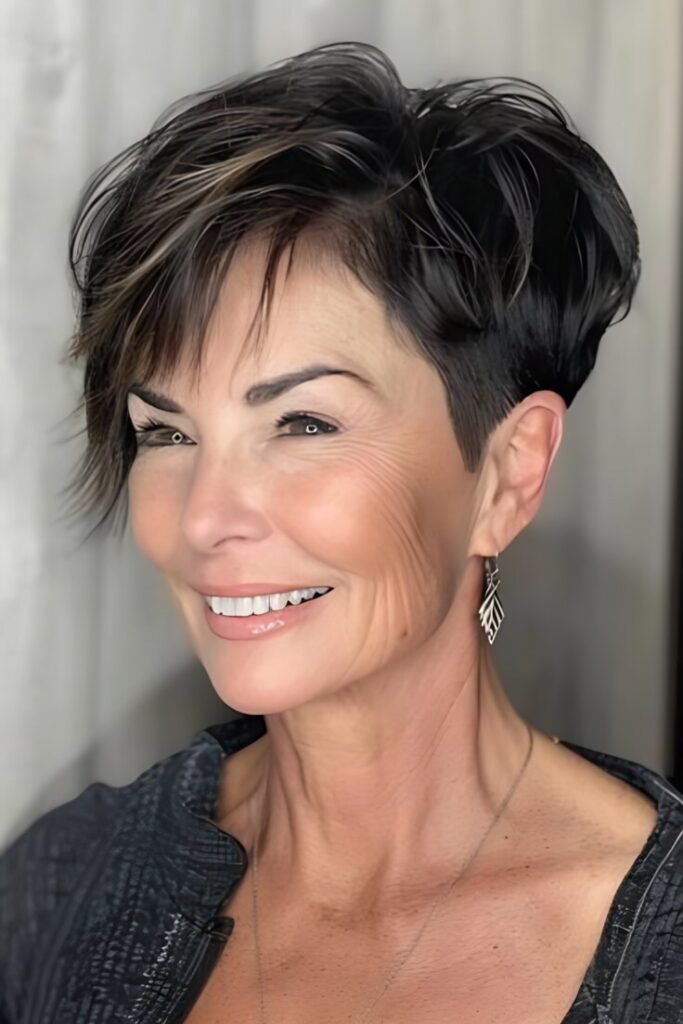
The short answer is yes, but with realistic expectations. While it’s unlikely to regain the full density of youth, significant improvements in hair thickness, strength, and coverage are possible with the right approach. Here’s how:
Minoxidil is the only FDA-approved topical treatment for female pattern hair loss. It works by prolonging the growth phase of hair follicles and increasing blood flow to the scalp. Women over 70 can use a 2% or 5% solution, applying it twice daily for at least six months to see results.

For postmenopausal women, HRT can help balance estrogen levels, potentially reducing hair shedding. However, HRT carries risks (such as increased chances of blood clots or breast cancer), so it should only be considered under a doctor’s supervision.
Devices like laser combs or caps use red light therapy to stimulate cellular activity in hair follicles. Studies show that LLLT can improve hair density in women with age-related thinning, though results vary.
PRP involves injecting concentrated platelets from the patient’s own blood into the scalp to promote healing and hair growth. While more research is needed, some women report noticeable improvements after several sessions.
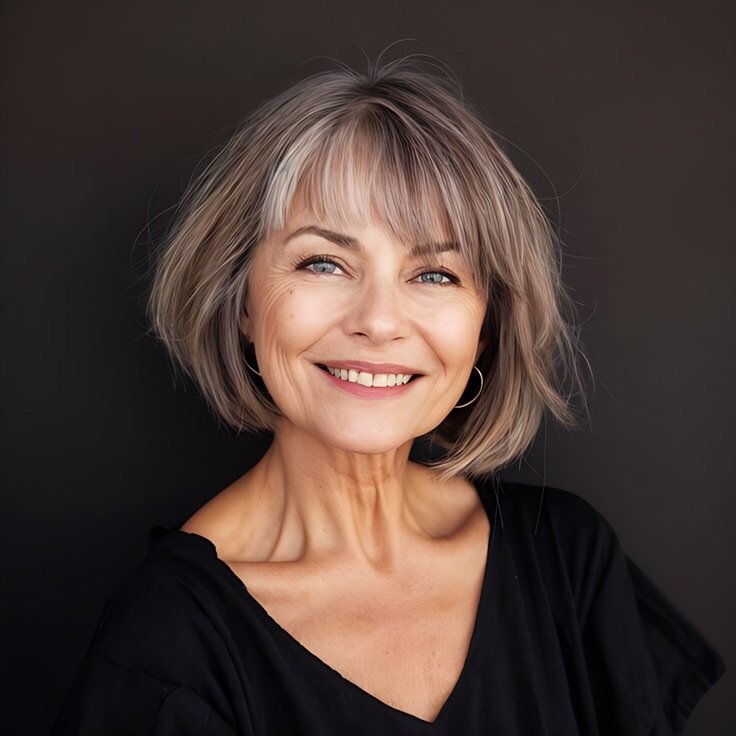
Regular scalp massages improve circulation, while essential oils like rosemary, peppermint, and lavender have been shown to stimulate follicles. A 2015 study found that rosemary oil was as effective as minoxidil in promoting hair growth.
Key nutrients for hair health include:
Foods like eggs, spinach, salmon, nuts, and berries should be prioritized. If dietary intake is insufficient, supplements like Viviscal or Nutrafol may help.
Chronic stress elevates cortisol levels, which can disrupt hair growth cycles. Practices like meditation, yoga, and deep breathing can mitigate this. Additionally, quality sleep is crucial for cellular repair, including hair follicles.

While regrowth is possible, preventing additional thinning is equally important:

Hair regrowth at 70 is a gradual process that requires patience and a multifaceted approach. While no solution offers overnight miracles, combining medical treatments, natural remedies, and lifestyle changes can lead to visible improvements over time. Consulting a dermatologist or trichologist can help tailor a plan to your specific needs.
Remember, aging doesn’t mean you have to accept thinning hair. With the right strategies, you can nurture your locks and enjoy healthier, fuller hair well into your golden years.
Would you like personalized recommendations based on your hair type and health history? Let us know in the comments!